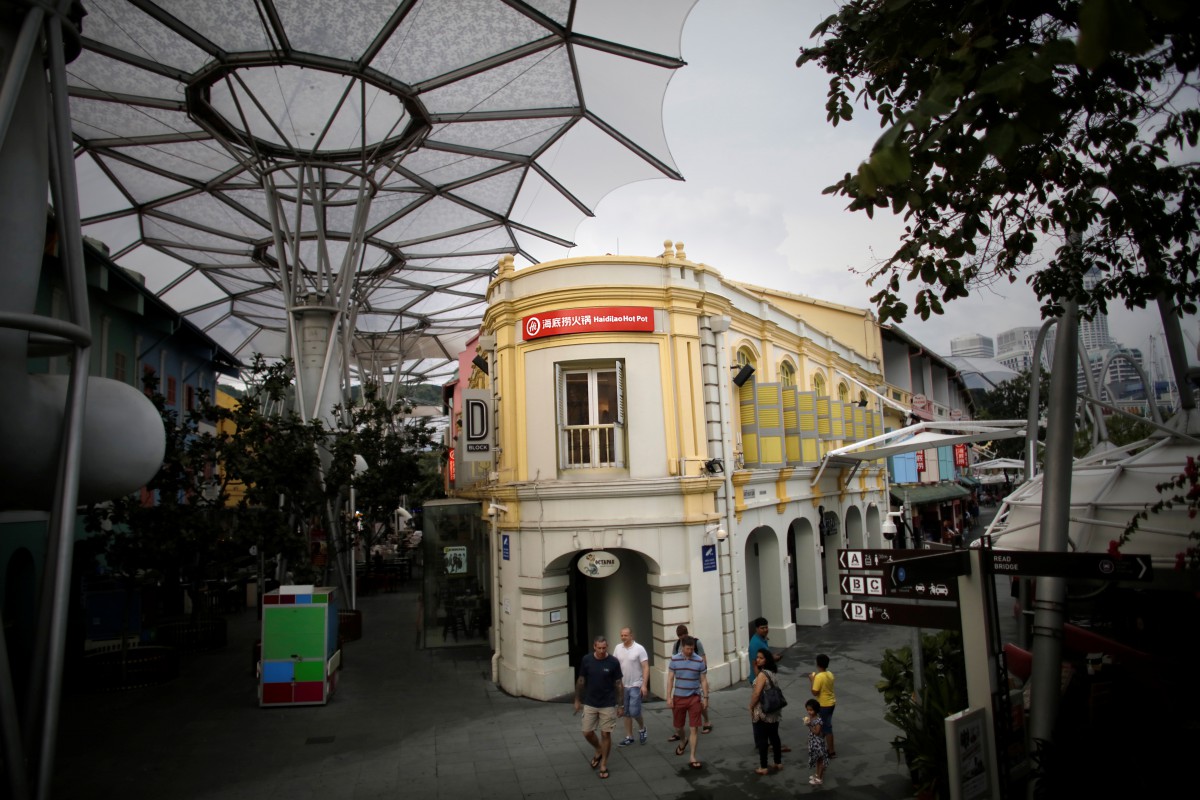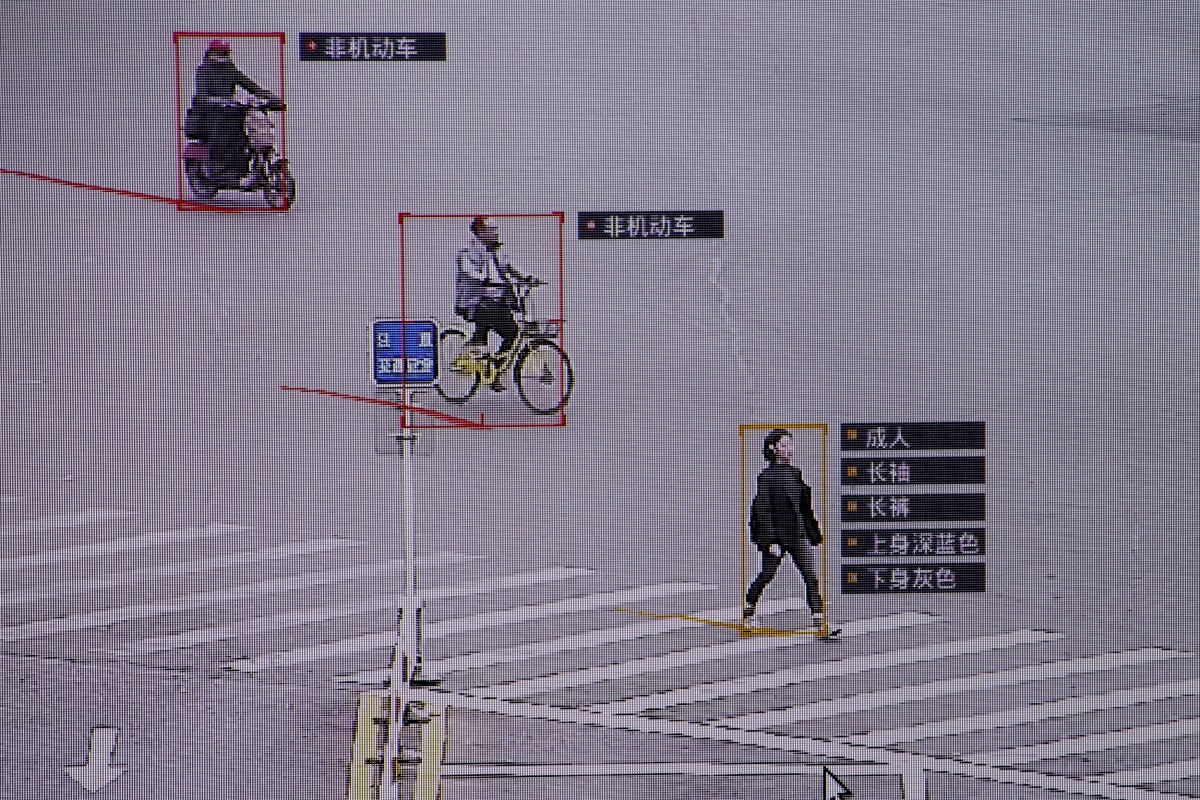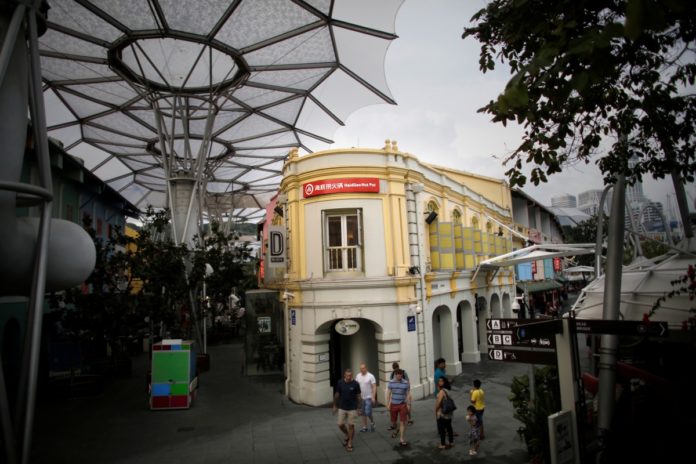DATA and privacy are this month’s most prominent buzz words, spurred by news of Facebook’s sharing of data with Cambridge Analytica, perhaps the social media platform’s biggest scandal to date.
Consumers are becoming more conscious about sharing their information, as data integrity and security has become a growing concern. However, with the advent of countries teching up with facial recognition, even travelers have to start seriously considering what kind of information they could be unwillingly sharing with countries, people and places.
Facial recognition technology is a system that’s capable of identifying or verifying a person from a digital image or a video frame. It works by comparing selected facial features with faces within a database.
SEE ALSO: Facial recognition becoming commonplace at China’s airports
The technology is used in security systems and can be compared to other biometrics such as fingerprint or iris recognition systems. In recent times, it has been picked up and used as a commercial identification and marketing tool.
Most people have a smartphone camera capable of identifying features to perform activities such as unlocking said smartphone or making payments.
Singapore
Singapore announced recently that it is planning to turn on facial recognition technology for over 100,000 lampposts to help authorities pick out and recognise faces in crowds across the city-state.
Dubbed “Lamppost-as-a-Platform,” the project is part of Singapore’s “Smart Nation” plan to use cutting-edge technology to improve people’s lives. “The government said the system would allow it to ‘perform crowd analytics’ and support anti-terror operations,” Reuters wrote.

Singapore is planning to turn on facial recognition technology for over 100,000 lampposts. Source: Reuters
This, of course, raised privacy fears among security experts and rights groups, as well as Singaporeans. “At which point will it be deemed intrusive and unethical?” questioned 35-year-old Singaporean Danny Gan on Facebook.
The pilot project scheduled to begin next year.
SEE ALSO: How prepared is Singapore amid Southeast Asia’s raised terror threat?
Malaysia
In February 2018, Malaysian low-cost airline AirAsia rolled out the Fast Airport Clearance Experience System (Faces), which utilises facial recognition technology to allow passengers to board their flights faster.
AirAsia claimed Faces has an 80 percent identification success rate and will reduce the boarding process to between nine and 10 minutes, from 11 to 13 minutes on an average procedure.
The new feature was unveiled at Senai International Airport in Johor Bahru, Malaysia, the first Malaysian airport to use a facial recognition system. At that time, there were debates about how the data will be handled, as the system was launched amidst reports about data breaches in the country.
Moreover, since the system is still in its infancy stage in Malaysia, first-time and non-frequent foreign visitors to Senai International Airport could have some reservations about having their personal information stored.
China
Not to be outdone, China later announced that over 60 of its airports had been equipped with facial recognition technology. Cameras at 557 security channels capture images of faces and scan their passports or ID cards to verify their identity.
And it’s not just Chinese airports that are speeding ahead with usage of the technology.
“For instance, in multiple Chinese cities, facial recognition is being used by traffic management authorities to catch and publicly shame jaywalkers. In China’s Wuhan railway station, 32 facial recognition devices have been installed to speed up the process of checking tickets,” wrote Tech Wire Asia.

SenseTime surveillance software identifying details about people and vehicles runs as a demonstration at the company’s office in Beijing, China, October 11, 2017. Source: Reuters/Thomas Peter
SEE ALSO: Chinese police now using sunglasses with facial recognition
“And at Beijing Normal University, they have installed a facial recognition security system in the campus dorms, identifying students before allowing them access.” It sounds like creepy, Big Brother-style mass surveillance, but it has its strengths.
For example, on April 7, 2018, Chinese police arrested a 31-year-old fugitive in southeast China after facial recognition technology helped identify him in a crowd of about 60,000 people at Cantopop star Jacky Cheung’s concert.
China has even rolled out facial recognition technology for its public toilets, as part of a nationwide campaign to improve the quality of public conveniences. According to Rednet.cn, each person scanning their face will receive 40cm of toilet paper from a dispenser.
A version of this story was originally published on our sister website Travel Wire Asia.





